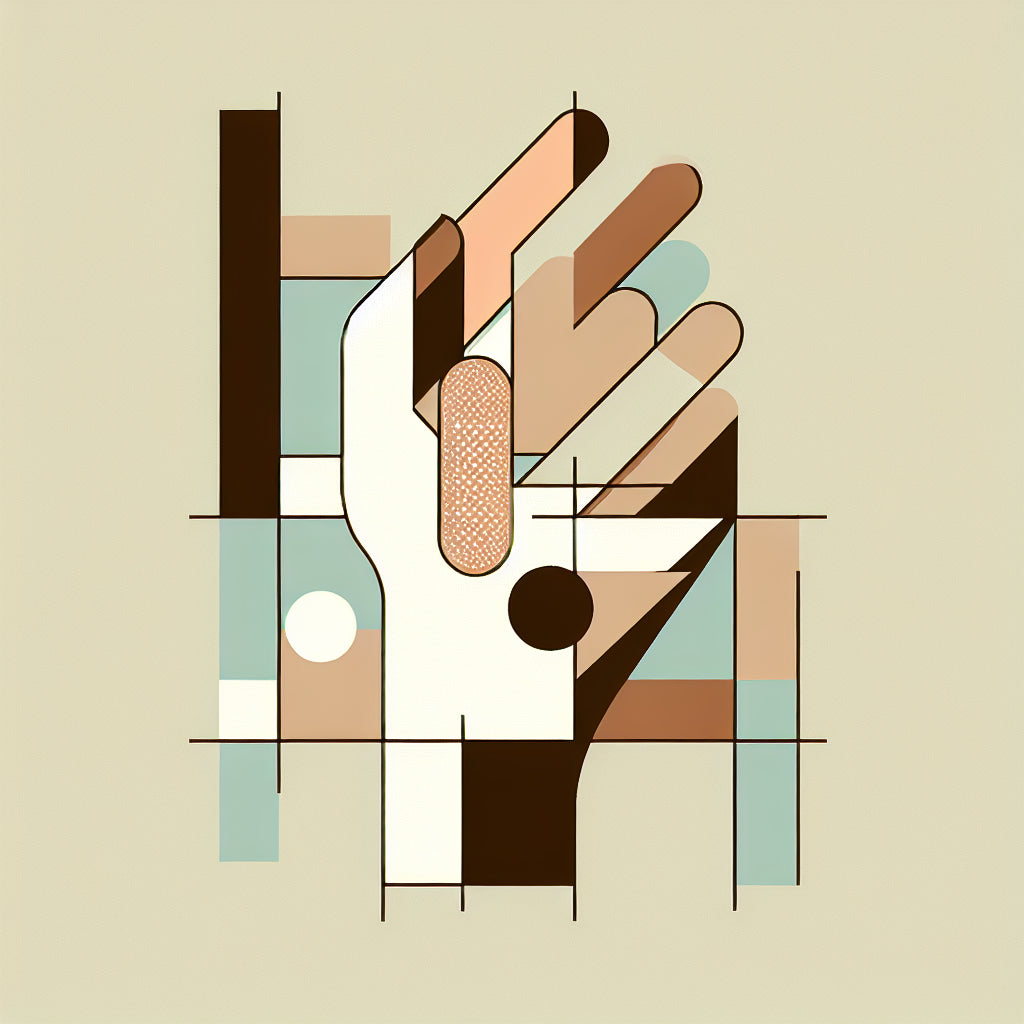
Revolutionizing wound care with smart bandages
Share
Emerging technologies in wound management
Advanced electronic bandages are setting a new standard in the treatment of chronic wounds. These smart bandages, developed by a collaborative team from the Keck School of Medicine of USC and the California Institute of Technology (Caltech), are designed to enhance monitoring and provide targeted treatments. This could include controlled drug release and electrical stimulation, essential for people suffering from chronic wounds such as diabetic ulcers and surgical wounds.
Smart bandages and their functionality
These innovative bandages are equipped with sensors that continuously track the healing process and detect any complications like infections or abnormal inflammation. By delivering medications or other treatments in real-time, these bandages represent a significant leap from traditional passive wound care methods. The technology has been successfully tested in animal models, indicating its potential for future human application.
Challenges and regulatory considerations
Despite their potential, the integration of smart bandages into clinical practice faces several challenges. Current medical systems often rely on outdated methods for wound assessment, which lack standardized criteria. Moreover, gaining FDA approval for such advanced medical devices involves extensive data collection and a rigorous review process. However, the flexibility offered by the FDA for wound care products that combine multiple therapies could facilitate this transition.
Impact on patient care and quality of life
The implementation of smart bandages could significantly improve the quality of life for patients with chronic wounds. Many of these patients experience clinical depression and daily challenges with mobility and pain management. By enhancing wound care responsiveness, smart bandages not only aim to save lives but also to improve daily living conditions for patients, potentially reducing hospital visits and promoting faster recovery.
Future directions in wound care technology
Looking ahead, the research team is exploring the use of ultrasound technology to administer gene therapy treatments aimed at promoting blood vessel growth in affected areas. This innovative approach could further reduce the risk of amputation for patients with severe leg ulcers, showcasing the evolving landscape of wound care technology.
Conclusion
As research and technology continue to advance, smart bandages could soon become a standard part of medical treatment for chronic wounds. These developments promise not only to enhance healing outcomes but also to revolutionize the way healthcare providers manage and treat complex wound conditions.